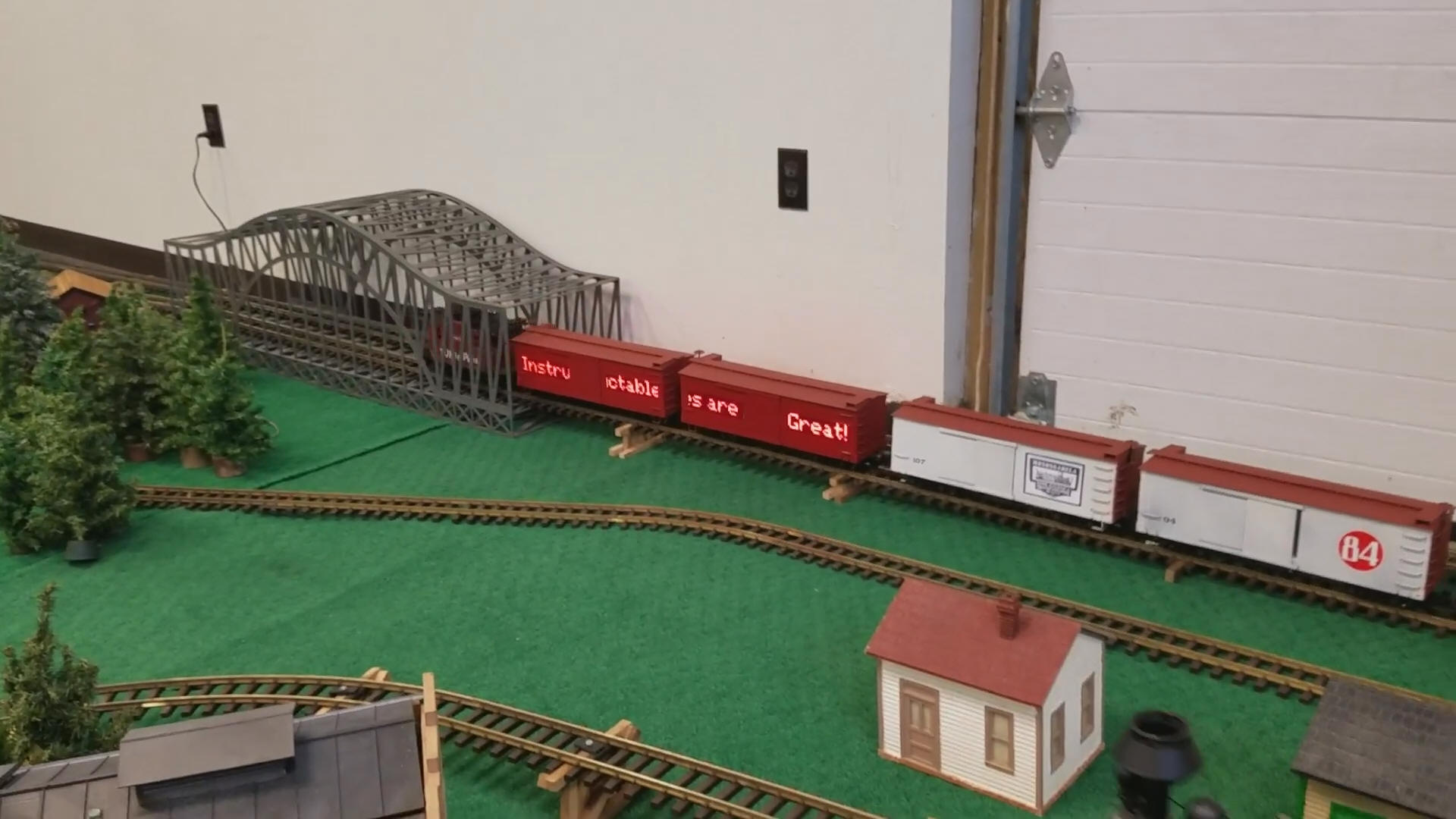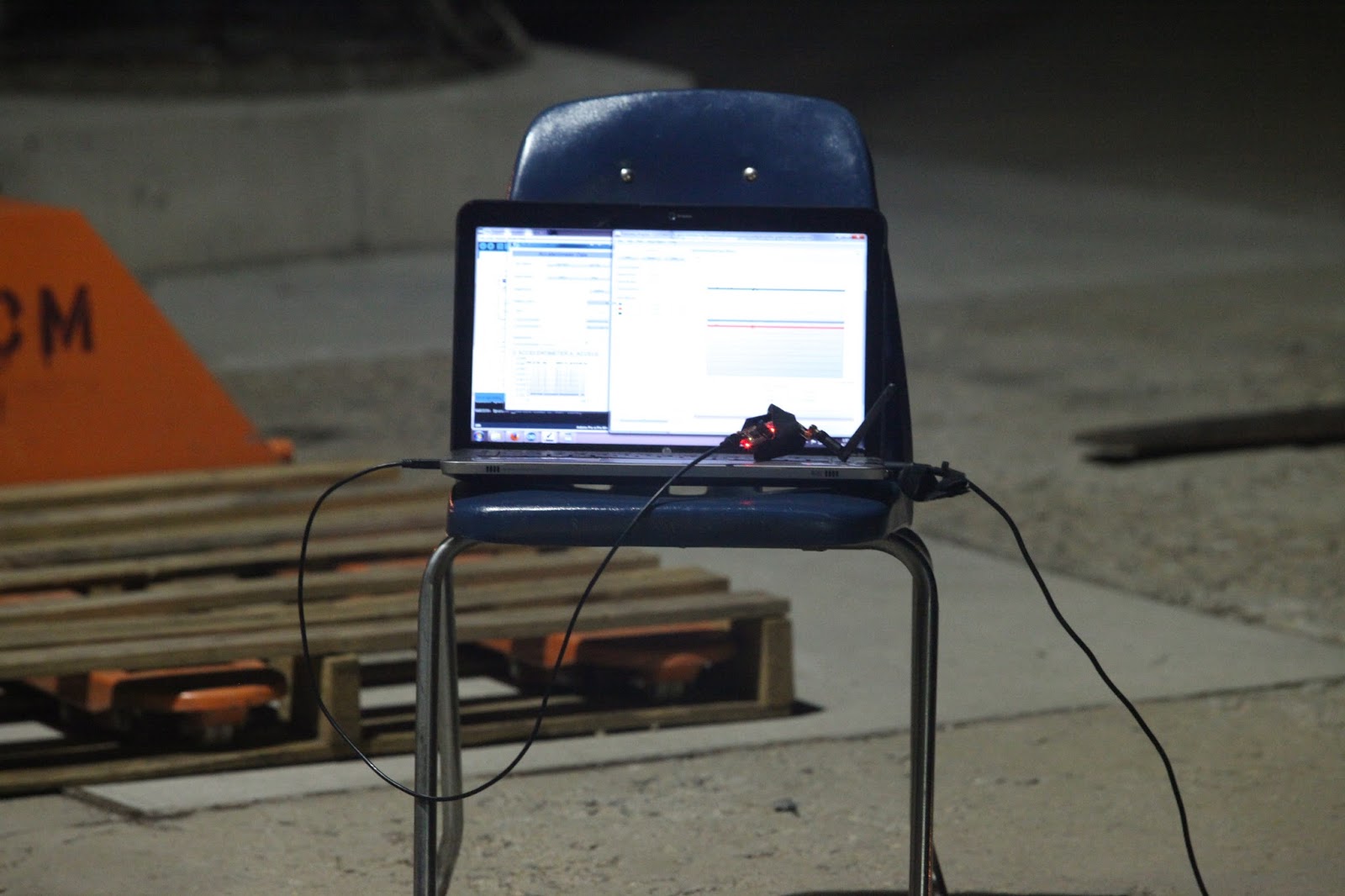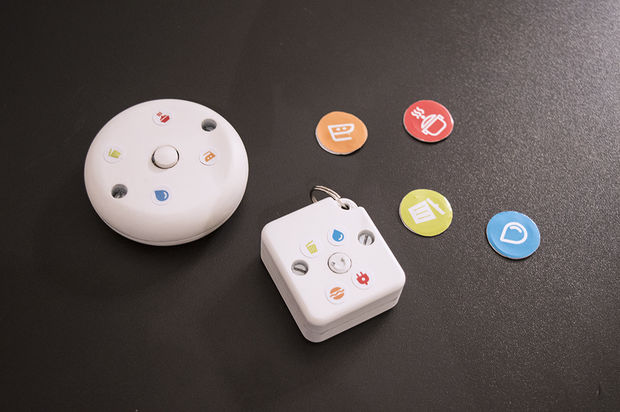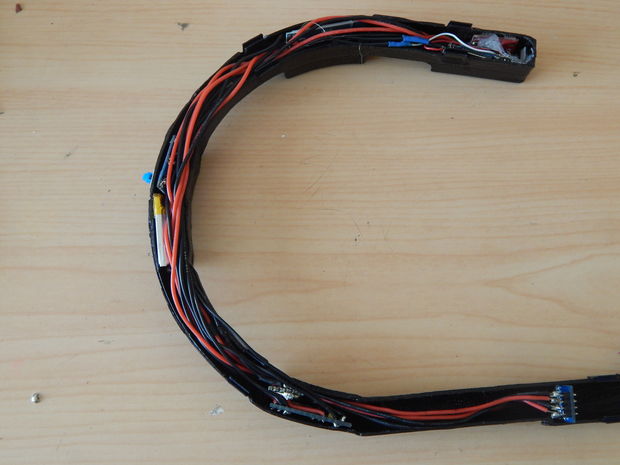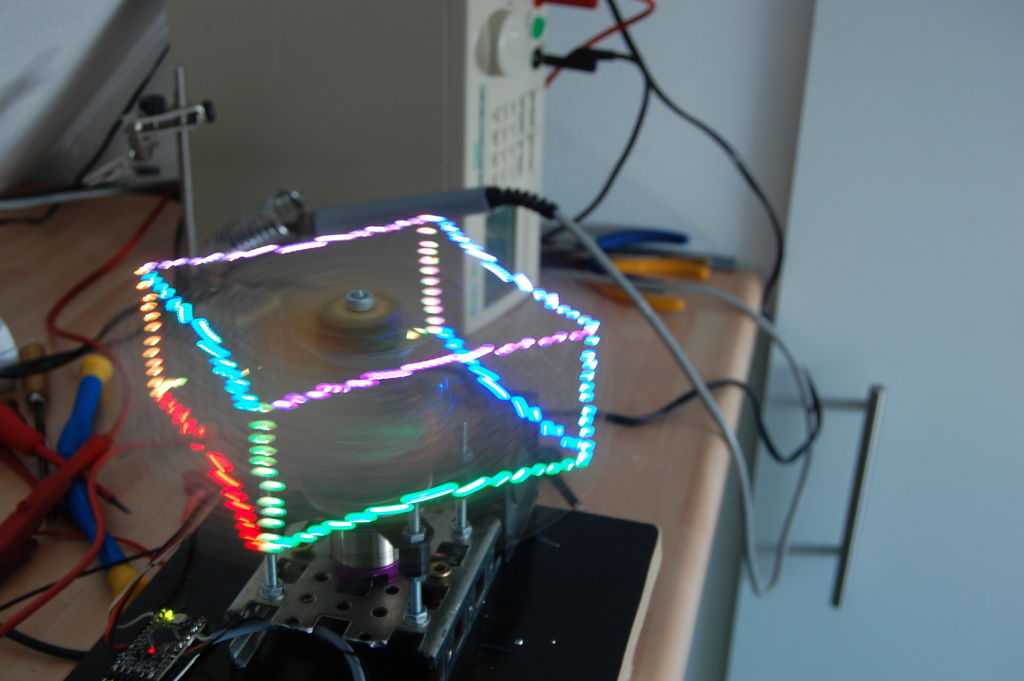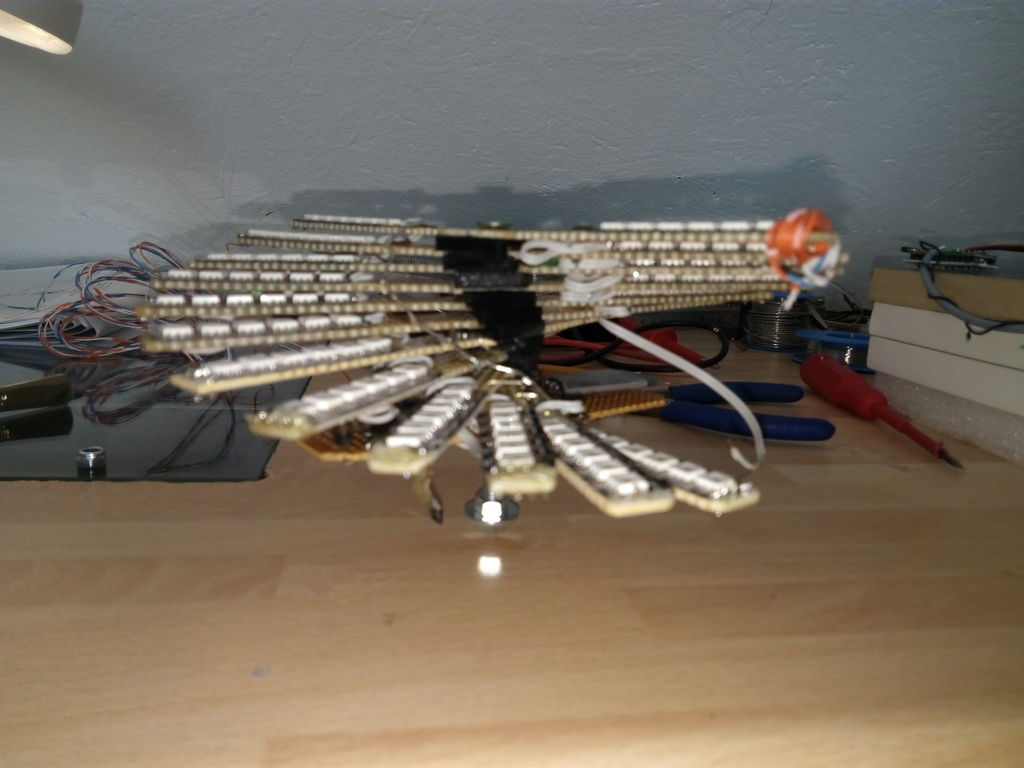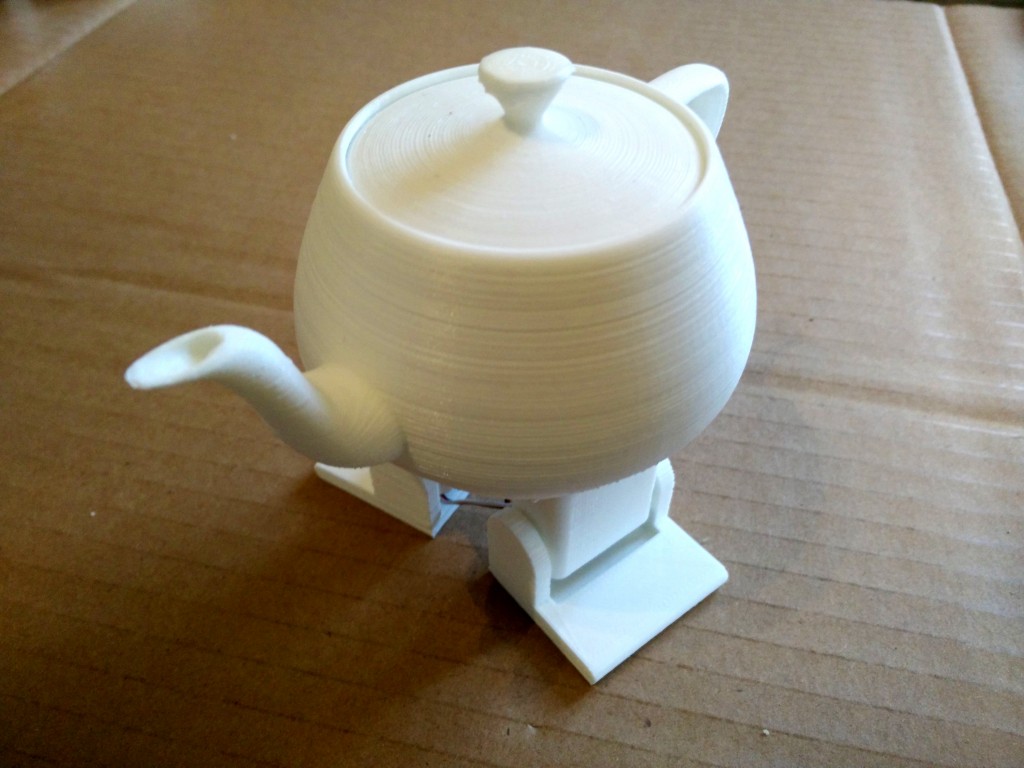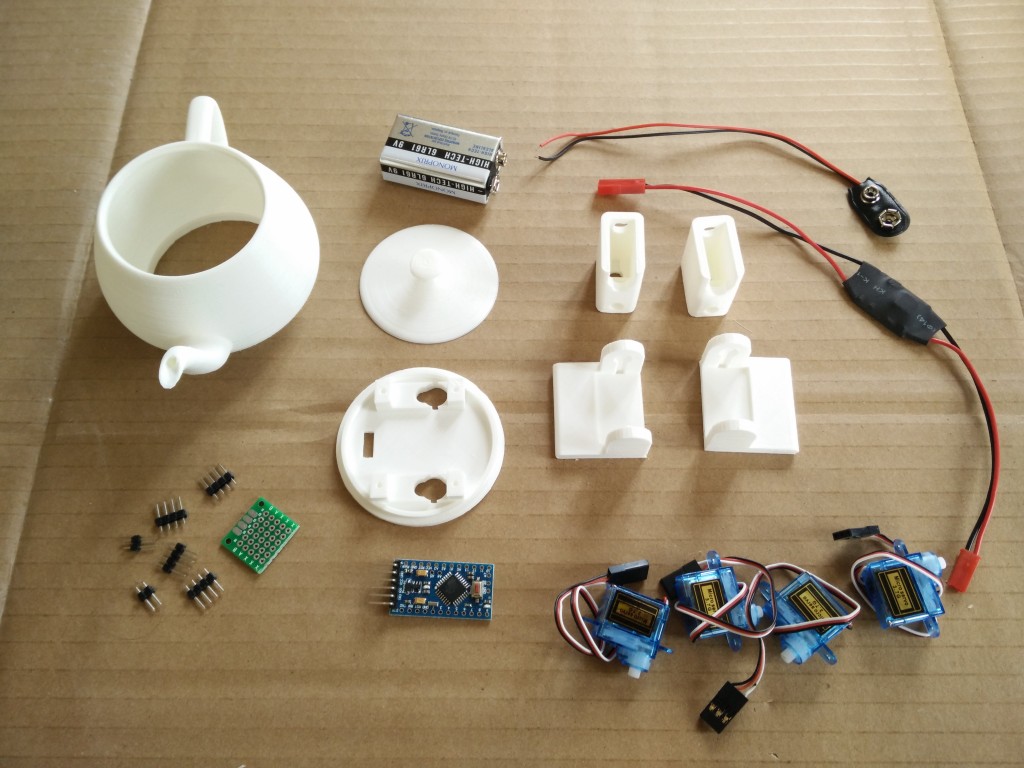10
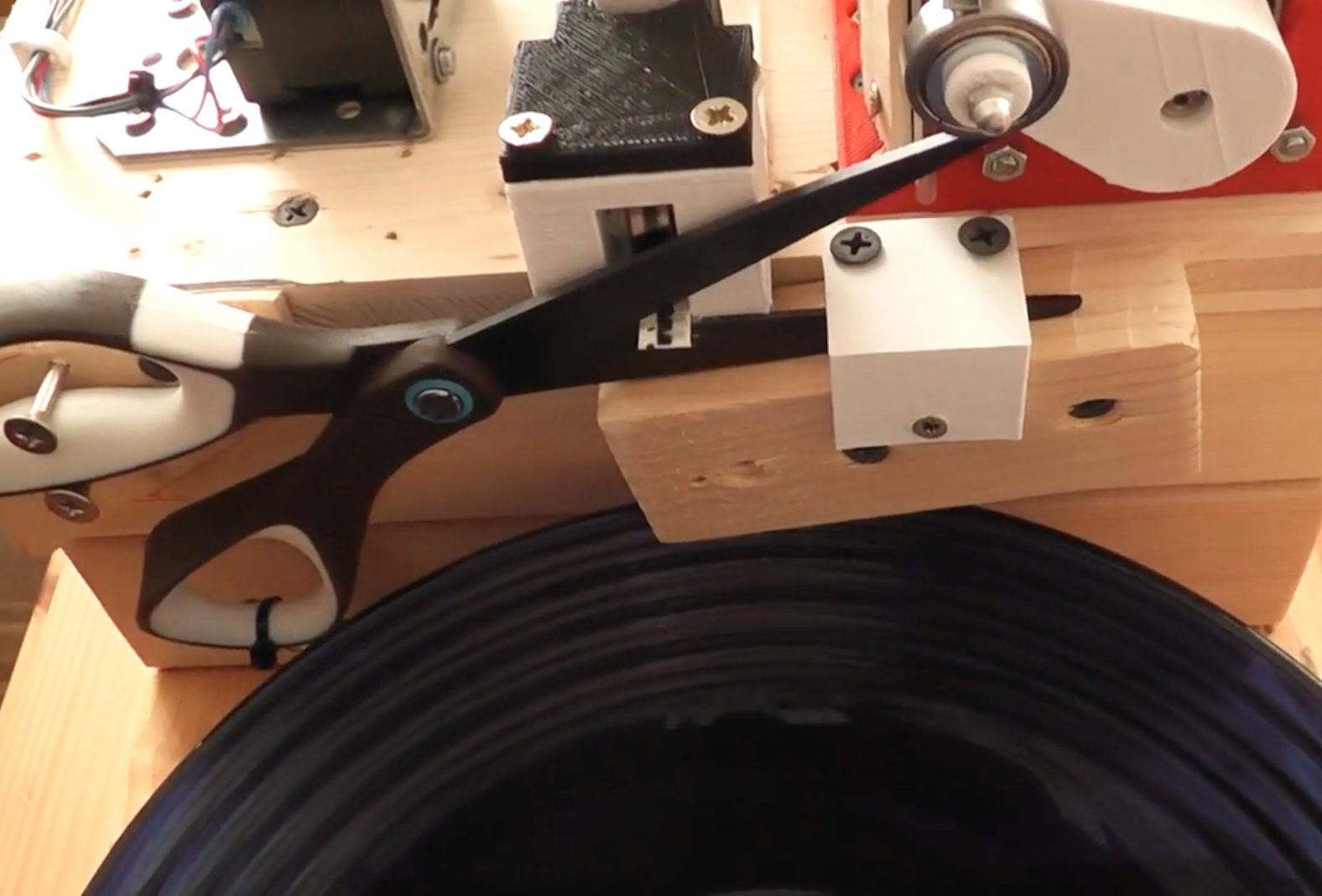
When faced with the need to cut thousands of parts from reels in order to make them into kits, “Der Zerhacker” decided to automate the process.
For his robotic machine, an Arduino Pro Mini pulls strips of tape into position with a stepper motor, coloring them along the way with a marker. An infrared sensor is used to align the correct number of parts with a pair of scissors, which are then cut via a second motor and tumble into a basket.
If you’d like to build your own, 3D print files and Arduino code can be found on Thingiverse. As the author doesn’t have a ton of spare time, wiring and other project details will need to be figured out, but you can get a few clues from the video below…

